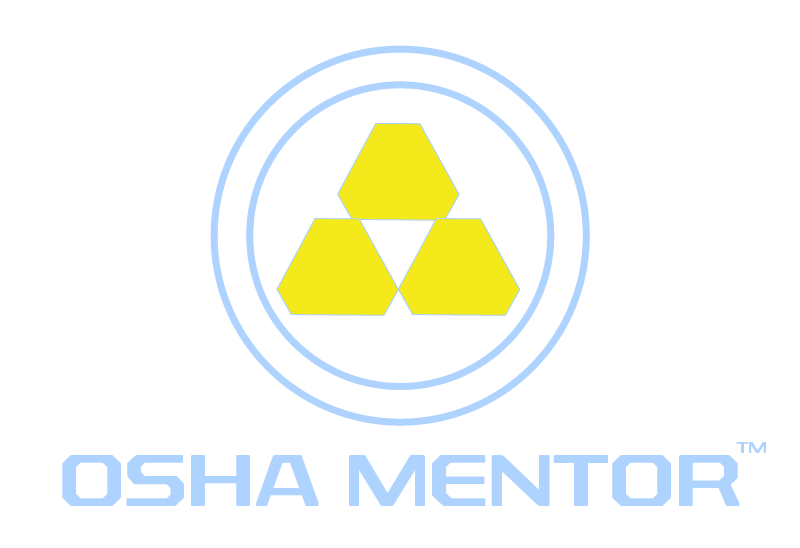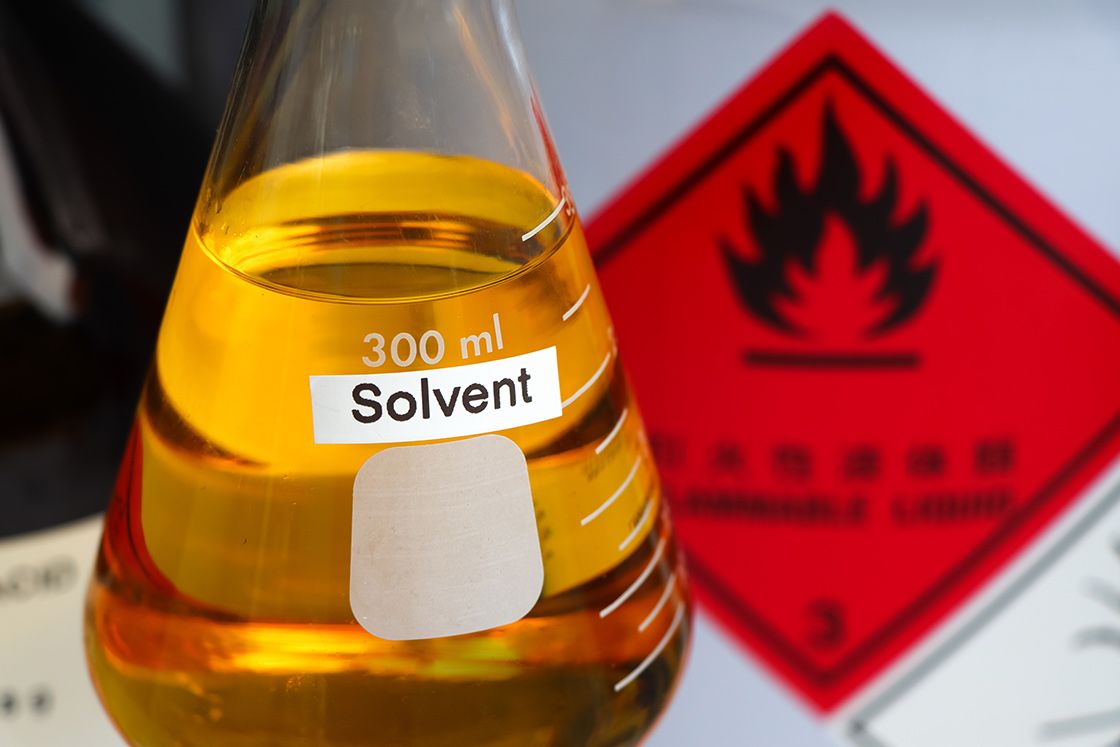
How to Manage Chemical Hazards in the Workplace

When is a Chemical Considered a Health Hazard?
Chemicals are commonly utilized in various products and processes, resulting in increased exposure to them for people, both in their workplaces and homes. Chemical hazards can cause explosions, fires, or corrosion, and release poisonous gases or particles, leading to negative health outcomes and impacting worker safety. Furthermore, they can react adversely when combined with other materials or chemicals, leading to health issues and further threatening the safety of workers. The four primary means of chemical exposure are inhalation, absorption, injection, and ingestion.
There are nine types of chemical hazards in the workplace, which fall into the following classifications:
Asphyxiants: Chemicals that deprive the body of oxygen, such as carbon monoxide and cyanide.
Corrosives: Chemicals that cause visible and/or irreversible changes to a material or a localized reaction in the human body, such as sulfuric acid and sodium hydroxide.
Irritants: Chemicals that harm the eyes, skin, or respiratory tract, such as nickel chloride and chromic acid.
Sensitizers: Chemicals that cause an allergic reaction in people who face repeated exposure over time, such as chlorine and alkalis.
Carcinogens: Chemicals that cause cancer, such as benzene and cadmium.
Mutagens: Chemicals that cause genetic changes to a cell's DNA and RNA, such as benzene and ionizing radiation.
Teratogens: Chemicals that can disrupt the normal development of a fetus, such as thalidomide and organic mercury compounds.
Reactive: Chemicals that cause a chemical hazard, such as an explosion when mixed with other substances, such as nitric acid and benzoyl peroxide.
Flammable: Chemicals that easily burn or ignite when exposed to oxygen, such as methanol, acetone, propane, and butane.
To manage workplace chemical hazards, the Occupational Safety and Health Administration (OSHA) recommends using the Hierarchy of Controls, developed by the National Institute for Occupational Safety and Health (NIOSH). This approach recommends the following control measures, in order of most to least effective:
Elimination/Substitution: removing the need for hazardous chemical usage or replacing them with less hazardous chemicals.
Engineering Controls: implementing changes to processes or equipment to minimize the risk of exposure to chemicals, such as enclosing equipment or providing local exhaust ventilation.
Administrative Controls: implementing procedures to minimize exposure to chemicals, such as restricting access to hazardous areas and providing training to employees.
Personal Protective Equipment (PPE): providing protective equipment such as gloves, respirators, and goggles to minimize the risk of exposure to chemicals.
Employers can improve their control of chemical hazards in the workplace by knowing OSHA's Permissible Exposure Limits (PELs) and following NIOSH's Recommended Exposure Limits (RELs), American Conference of Governmental Industrial Hygienists (ACGIH's) Threshold Limit Values (TLVs), and Biological Exposure Indices (BEIs). Additionally, OSHA's Hazard Communication Standard requires that labeling containers, using safety signs and pictograms, and developing safety data sheets to communicate chemical hazards in the workplace. The standard also stresses the importance of employee training on handling hazardous chemicals during regular work tasks and in emergency situations when spills or exposure to chemical substances may occur. By adhering to these guidelines, employers can reduce chemical hazards in the workplace and promote a safer work environment for employees.
Employers can improve their control of chemical hazards in the workplace by knowing OSHA's Permissible Exposure Limits (PELs) and following NIOSH's Recommended Exposure Limits (RELs), American Conference of Governmental Industrial Hygienists (ACGIH's) Threshold Limit Values (TLVs), and Biological Exposure Indices (BEIs). Additionally, OSHA's Hazard Communication Standard requires that labeling containers, using safety signs and pictograms, and developing safety data sheets to communicate chemical hazards in the workplace. The standard also stresses the importance of employee training on handling hazardous chemicals during regular work tasks and in emergency situations when spills or exposure to chemical substances may occur. By adhering to these guidelines, employers can reduce chemical hazards in the workplace and promote a safer work environment for employees.
Related Articles
Sources
U.S. Occupational Safety and Health Administration
https://www.osha.gov/laws-regs/regulations/standardnumber/1910/1910.1000TABLEZ1
https://www.osha.gov/hazcom
https://www.osha.gov/laws-regs/regulations/standardnumber/1910/1910.1000TABLEZ1
https://www.osha.gov/hazcom
Write your awesome label here.

